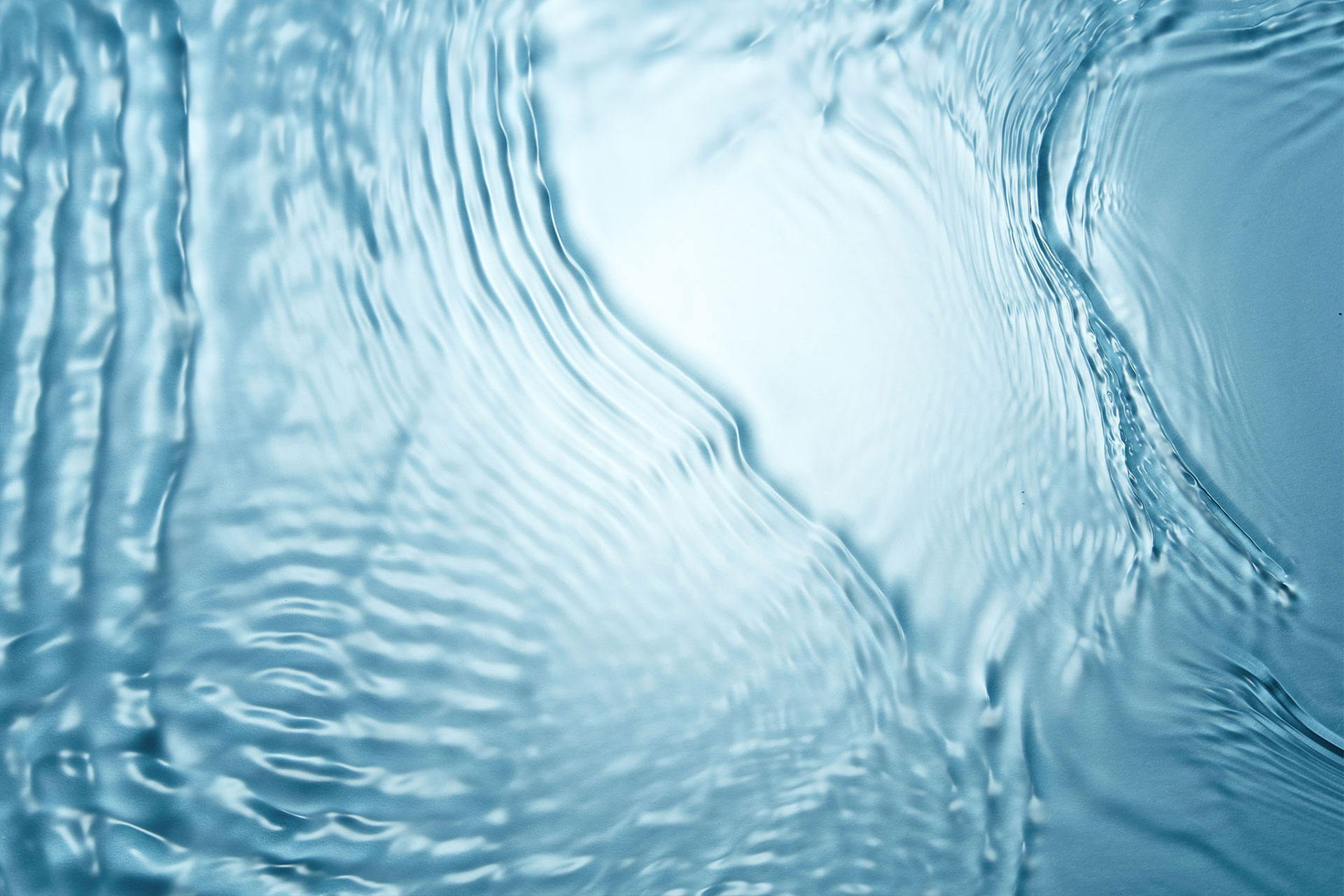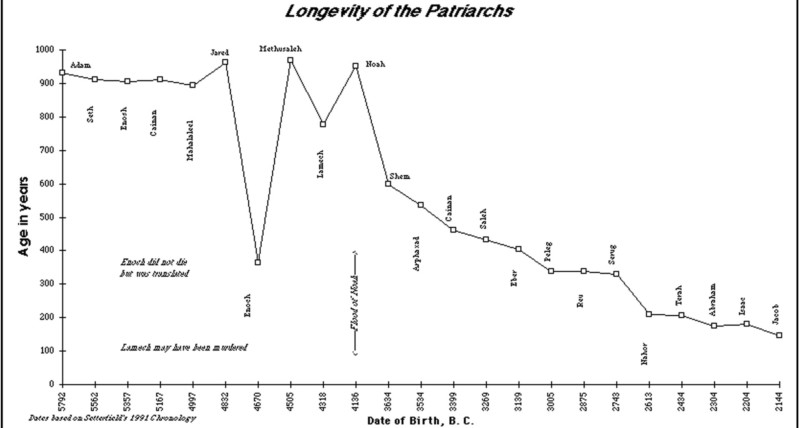Transforming your Health and Libido can be as simple as drinking the right water By Annika Roman, Orange County Longevity Examiner
Water is a primordial element to be cherished and conserved. Two thirds of this resilient, magnificent blue planet is covered with it. The human body is a microcosmic image of planet earth, made up of 60-70% water. It would be wise to replenish that 70% with the purest, energized, and healthiest water attainable. Preferably, one that is clean, refreshing, non-toxic, un-assaulted by plastic, and does not taste like used bath water. But the question is, where can the purest H 2 O be found, in a polluted modern world with so many water myths and woes?
A brief history of drinking water:
In ancient times, the dusty Roman traveler would have baptized his inner sanctum with the blessed waters of San Pellegrino (Pilgrim Saint). Those who lived between 218 and 363 AD (e.g. C.E.) would have been fortunate enough, to bathe and drink at the wholesome Evian-les-Baines, or the untainted
fountains of Perrier. Although these sources remain, and are currently marketed under todayʼs San Pellegrino, Evian, and Perrier, things have changed dramatically thorough the centuries.
To imagine paying for water in ancient times, or even 40 years ago would have seemed preposterous. Nevertheless, people have become completely conditioned to pay for water, not thinking too much about it. Itʼs as though humans have become trained like little monkeys, and now the choices are not what they used to be. Truth be told, the environment has changed and so have the choices. At this time in human history, a quest to find the purest water is much more arduous.
Once upon a time, the water on this planet was so clean and fresh, that it could be enjoyed straight from a flowing stream. The air and soil where pure, clean, and rich in vital minerals; keeping human beings in a state of balanced wellness (e.g. homeostasis) longer, without the crutch of medical
intervention, pharmaceuticals, nutritional supplements, or self medicating chocolate and wine binges.
Today the pure sources that once were, have been contaminated by fossil fuel burning, factory farm runoff, non-organic agriculture, acid rain, and the rude human nuisance who wouldnʼt think twice about tossing their fast food trash out the car window. Now, what is more preposterous than having to buy your own water, as a consequence of pollution? How about paying for air too? That would be impossible right? People once thought it was inconceivable to pay for water too; letʼs not forget. This dramatically demonstrates how the action or non action of the past, becomes the future. With that being said, the change that a person wants to see in their future, starts with them becoming the change they want to see now.
The modern problem:
Municipal water quality varies in different counties, and in some cases may be less harmful than much of the bottled water out there. But for the most part, tap water is lacking in vital minerals such as magnesium, and contains everything from chlorine and lye, to more than 80 different particulates
of pharmaceuticals, household disinfectants, chemicals, and heavy metals. By most taste bud standards, tap water must be served iced cold, to disguise the sludgy chemical taste.
The first step:
Explore new ways to seek out and destroy contaminating elements in the water, and survey what the current options are. The ultimate goal here is to find clean, purified, and non-acidic water.
(Note: Ultimately, the healthiest water may be a combination of the following options, and may not be the options you are currently familiar with. On the same note, some of the options by themselves, may not be as healthy as currently thought)
Options:
- Carbon block systems
- Bottled Water
- Glass bottles
- Reverse Osmosis
- Distillation
- Deionization
- Ozonation
- Absolute micron filtration
Carbon block systems: An example is the Brita filtration system which claims to make *cleaner water. It is not sufficient at removing all impurities, neutralizing PH acids, and many people find the taste of this water to be repulsive.
Bottled water: This 16 billion-dollar industry has no regulations for standardized quality, other than what is loosely imposed by the F.D.A. Most bottled water comes in plastic bottles that travel long distances before they reach consumers. These PET type plastics can leech carcinogens into the water. They are not designed for reuse, and more than 80% of these bottles are non recyclable. BPA plastics contain xenoestogens, and are mainly found in hard PVC plastic water containers. Bisphenol A is a known endocrine disruptor, and has been linked to a myriad of diseases, such as decreased testosterone in men, ovarian cysts and infertility in women, cancer, and even insulin
resistance type II diabetes. Children under the age of three are especially vulnerable. Bans and lawsuits have ensued over BPA plastic baby bottles. Taste and regulations vary with different companies. These waters may or may not contain beneficial minerals.
Glass bottles: according to a German study at Goethe University, 20 different bottled waters were analyzed for BPA.
78% of plastic bottled water tested positive for BPA, as opposed to 33% of glass bottled water. Due to ground water contamination, even glass bottled water is
not safe against BPA. Taste varies. May or may not contain vital minerals.
Reverse osmosis: This is a common purification process, where water is cleaned by forcing it though membranes. This method cleans the water of heavy metals, particulates, viruses, and other contaminants. Although this water is cleaned to an “acceptable” standard, it has a low PH and is acidic enough to corrode copper, lead, and galvanized pipes. What it could do to your tender pipes, is a question worth asking. Dasani and Aquafina are examples of this type of water. Reverse Osmosis water is void of vital minerals.
Distillation: This water is cleansed to a similar level as reverse osmosis. It is vaporized, to separate it from its solids. This water is mineral-less, and has a distinct, and usually clean taste. An example of vapor-distilled water is Glacéau Smart Water.
Ionization: This process splits the water through electrolysis, which electrically charges the water into positive (more acidic) and negative (more alkaline) ions. The acidic half of the water is discarded down the drain, leaving purified alkalized water for drinking. Detectable particles, gases, and electric charges are still left behind. Kangen water would be an example of ionized water. See link on
ionizers compared, in part 3 of transforming your health and libido.
De-ionization: This process neutralizes all the acidic water, so water wastage in minimized. This process is often used to create ultra purified laboratory grade water, which is completely cleared of all harmful acids.
Ozonation: Many bottled water companies employ this process, which replaces chorine with ozone to rid water of bacteria. It does not affect the mineral content of the water.
Absolute micron filtration: Water passes through microscopic filters, removing particles including cryptosporidium (a parasite that causes intestinal infections). Any original mineral content is not affected.
The Second step:
Explore options for fortifying water with things that are missing or lost (like magnesium). The goal here is to create a superb tasting water with mineral content, and reduce mineral deficiencies that plague the modern day water supply. Water is the single most important supplement for health and longevity. Therefore, water should be more than a non caloric thirst quencher. It should have an ultra clean, lively, refreshing, slight mineral taste, even at room temperature. The water should be ultra purified, mineralized, and energized for optimum health benefits.
Magnesium deficiency:
In the effort to rid the water of contaminates, vital nutrients are often stripped away as well. The trade off for clean water seems to be mineral deficient water, and one of the most vital minerals that is depleted to inadequate levels, is magnesium. As a result most people are critically deficient in magnesium, and intake only about half of the RDA (required daily allowance) of 420mg daily. Most “mineral waters” have less than 100 mg/L. Magnesium deficiency is linked to sudden death by
cardiac arrhythmias, migraines, muscle cramps, and metabolic problems. Those who are not drinking adequate amounts of water enhanced with the RDA of magnesium should seriously consider supplementation. Other wise they need to commit to a tedious diet of raw oat bran and trail mix (2 cups/day), or daily “Popeye” stacks of spinach (3.5 cups/day). Even by doing this they may not be getting the magnesium they need, due to the fact that these foods are grown in mineral depleted soil.
The Third step: Uncover a local source that addresses the totality of these water concerns.
The healthiest water in the OC is not another water ionizer. In fact the process of de-ionization is completely different from ionization.
PristineHydro in Laguna Woods, CA does a combination of micron filtration, KDF and carbon filtration, reverse osmosis, de-ionization, alkalization with magnesium bicarbonate, and customized re- mineralization. The result is a clean, fresh tasting, acid free (sulfuric and nitric acid; components of acid rain), alkaline, mineralized, high bio-photon water. The need of a magnesium supplement is nullified by proper mineralization.
A random blind taste test was conducted comparing Fiji, Smart water,
Evian, and Dasani, at chilled, and at room temperatures. PristineHydro
was the standout winner for taste. Taste is important when it comes to staying hydrated. Who wants to drink water that taste like bath water, even if it suppose to be good for you? PristineHydro has an
onsite operation where you can observe the water being purified and enlivened.
Customers can purchase water for $3/gallon for carry out service, in 5 gallon, 1gallon, 1/2 gallon, and 1 liter BPA free glass bottles. They also offer under-counter units, whole home units, and customized units for industrial, farm, and greenhouse needs. Their local water store near Laguna Hills mall, and around the corner from Mother’s market, offers additional wellness services, which uniquely address individual health concerns.




